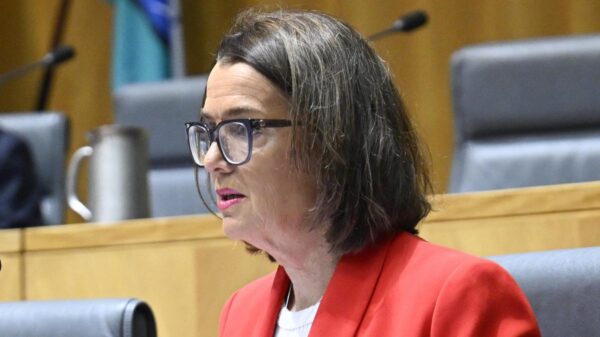The Bank of England has reduced its base interest rate from 4.25% to 4%, a move that typically brings relief to borrowers grappling with high mortgage and loan costs. However, this quarter-point cut is accompanied by serious warnings regarding the UK’s inflation outlook, clouding any immediate sense of celebration among consumers.
In its latest assessment, the Bank’s monetary policy committee (MPC) indicated that inflation is expected to peak at a rate higher than previously anticipated in the latter half of this year. The MPC forecasts that the consumer prices index could reach 4% by September, driven by sharp increases in food and energy prices, as well as rising costs for business services. Following this peak, inflation is projected to decline only gradually to an average of 3% over the next year.
The committee emphasized that any attempts by workers to seek higher wages in response to this inflationary pressure could prompt a reassessment of the current policy of gradual credit loosening. As redundancies rise and unemployment increases, the committee is weighing the impact on business and consumer confidence, which remains subdued.
Despite some wage settlements trending closer to the Bank’s equilibrium target of 3.25%, the current average of 3.75% remains too high. This situation could lead to a pause in interest rate cuts if wage growth reverses. The MPC’s decision was split, with Andrew Bailey, the Bank’s governor, voting alongside three other members in favor of the cut, while four members advocated for a pause to gain more clarity on wage and inflation trends. A last-minute vote by external member Alan Taylor for a more substantial half-point cut was ultimately moderated to the quarter-point reduction.
The split within the MPC illustrates the challenging landscape policymakers face as the UK economy navigates through 2025. Rachel Reeves will likely welcome the Bank’s forecast of a 0.3% increase in economic growth for the last quarter of the year. In contrast, other analysts, including those from the National Institute of Economic and Social Research, predict that the Bank’s earlier estimate of 0.1% growth for the third quarter may persist into subsequent quarters.
While any positive growth figures are encouraging for the Treasury, the Chancellor is aware that the Bank’s predictions present significant challenges. There are concerns that granting inflation-busting wage increases across the public sector will complicate the MPC’s ability to implement further interest rate cuts. Public sector unions are increasingly vocal in their demands for improved living standards, which could add financial pressure as the government prepares for a potential budget deficit in the autumn.
Another pressing concern for the Treasury is the impending rise in the state pension, which is tied to a triple lock guarantee. This means that the annual incomes of the 12 million pensioners will increase in line with average earnings, inflation, or by a minimum of 2.5%. If inflation hits the expected 4% in September, pensioners could see a significant rise in their incomes next April, placing additional strain on public finances.
As the situation unfolds, the Bank of England’s policy decisions will continue to be closely monitored by both consumers and policymakers alike, with the balance between supporting economic growth and managing inflation remaining a critical challenge.































































